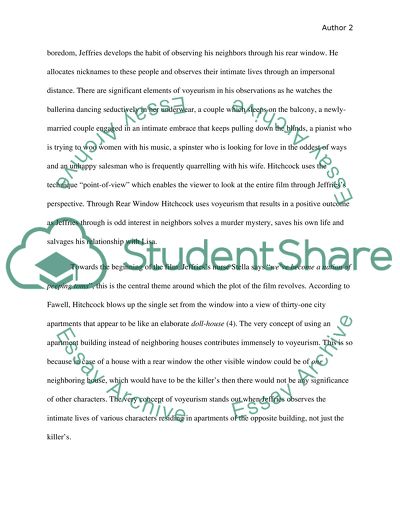Cite this document
(“Thematic Function Style in Alfred Hitchcock's Rear Window Essay”, n.d.)
Retrieved from https://studentshare.org/visual-arts-film-studies/1446136-how-the-elements-of-film-style-help-create-sustain
Retrieved from https://studentshare.org/visual-arts-film-studies/1446136-how-the-elements-of-film-style-help-create-sustain
(Thematic Function Style in Alfred Hitchcock'S Rear Window Essay)
https://studentshare.org/visual-arts-film-studies/1446136-how-the-elements-of-film-style-help-create-sustain.
https://studentshare.org/visual-arts-film-studies/1446136-how-the-elements-of-film-style-help-create-sustain.
“Thematic Function Style in Alfred Hitchcock'S Rear Window Essay”, n.d. https://studentshare.org/visual-arts-film-studies/1446136-how-the-elements-of-film-style-help-create-sustain.


